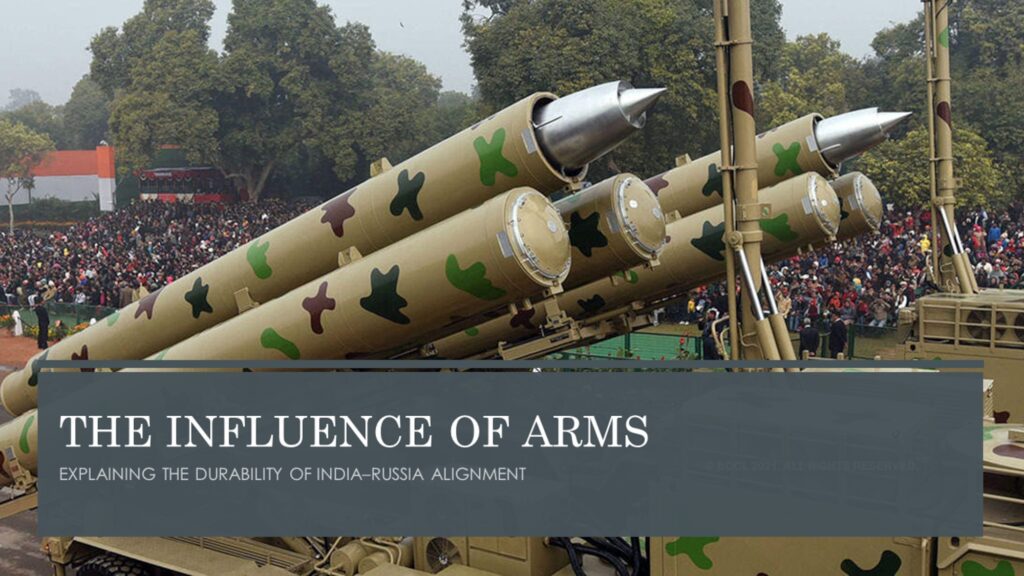This introduction highlights the transformative trends in military technology that are shaping the new arsenal of modern warfare. It discusses the advancements in artificial intelligence (AI) and its potential to revolutionize decision-making and precision strikes. The introduction also highlights the significance of cyber warfare in today’s digital age, as well as the development and deployment of hypersonic weapons and unmanned aerial vehicles (UAVs). It further explores the use of directed energy weapons (DEWs) and the integration of biotechnology and human enhancement technologies in optimizing soldiers’ abilities. The introduction emphasizes the need for military forces to embrace these advancements to maintain a competitive edge in a rapidly evolving technological landscape.
Introduction
Military technology has come a long way since the days of conventional warfare. In the fast-paced world we live in, militaries around the globe are constantly seeking new advancements and transformative trends in military technology to gain an edge over their adversaries. This article explores some of the latest developments in military technology that are shaping the new arsenal of modern warfare.
1. Artificial Intelligence (AI)
One of the most significant transformative trends in military technology is the integration of artificial intelligence (AI) into weapons systems. AI has the potential to revolutionize warfare by enhancing decision-making, target acquisition, and precision strikes. Autonomous robotic systems equipped with AI can carry out complex missions without human intervention, reducing the risk to human lives and augmenting operational capabilities.
2. Cyber Warfare
In today’s digital age, cyber warfare has emerged as a critical component of modern warfare. The reliance on computer networks and information systems in military operations has made these systems vulnerable to cyber attacks. Cyber warfare involves hacking, disrupting, or disabling enemy networks and systems, thereby gaining a significant tactical advantage. It is a transformative trend that enables militaries to engage in information warfare and offensive cyber actions.
3. Hypersonic Weapons
Hypersonic weapons are another transformative trend in military technology. These weapons travel at incredibly high speeds, often exceeding Mach 5, making them extremely difficult to detect and intercept. Their high maneuverability and unpredictability make them a potent tool for precision strikes and evading enemy defenses. The development and deployment of hypersonic weapons have the potential to reshape the dynamics of the battlefield.
4. Unmanned Aerial Vehicles (UAVs)
Unmanned Aerial Vehicles (UAVs), commonly known as drones, have become an essential part of modern warfare. These remote-controlled aircraft can undertake surveillance, reconnaissance, and strike missions without risking human lives. UAVs armed with advanced sensors and weaponry can provide real-time intelligence and deliver precision strikes, transforming the way military operations are conducted.
5. Directed Energy Weapons
Directed Energy Weapons (DEWs) encompass the use of lasers, microwave beams, and particle beams as military assets. DEWs offer several advantages such as speed-of-light targeting, accurate and high-speed engagement, and the ability to rapidly switch between targets. As these weapons do not rely on conventional ammunition, they carry potential cost and logistical advantages. The use of DEWs is a transformative trend that is gradually finding its place in modern warfare.
6. Biotechnology and Human Enhancement
Biotechnology and human enhancement technologies are transforming the way militaries optimize their soldiers’ abilities. Soldiers can be equipped with exoskeletons to enhance their physical strength and endurance, allow them to carry heavier loads, and enable them to withstand extreme conditions. Moreover, advances in medicine and genetics can lead to the development of novel drugs, enhancing cognitive capabilities or reducing the need for sleep. These transformative trends are blurring the boundaries between humans and machines and revolutionizing the concept of the modern soldier.
Conclusion
As technology continues to advance at a rapid pace, the future of warfare is being shaped by these transformative trends in military technology. The integration of AI, cyber warfare, hypersonic weapons, UAVs, directed energy weapons, and biotechnology is revolutionizing the way armed forces operate and fight. To maintain a competitive edge, military forces worldwide must embrace these advancements and adapt to the changing nature of warfare.
